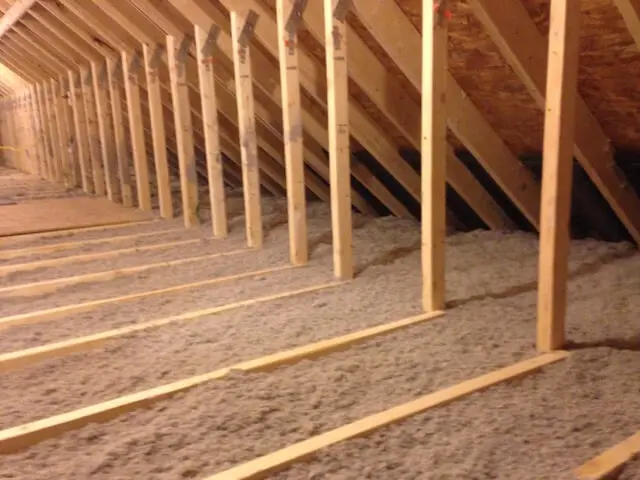"There’s not one design element we would’ve changed"
"Our experience with BrightBuilt was fantastic"
"Home of our dreams with no recurring energy costs"
"The most comfortable home we’ve ever lived in"

"There’s not one design element we would’ve changed"
"Our experience with BrightBuilt was fantastic"
"Home of our dreams with no recurring energy costs"
"The most comfortable home we’ve ever lived in"


Increasingly, wall and roof thickness to accommodate additional insulation plays a major role in limiting heat transfer. A green home with a roof and walls that are thicker than a conventional home has better thermal comfort because less heat is allowed to escape in winter. You also get the bonus of having a much quieter home since thick, insulation-filled walls and roof filter out more sound from the outside.
Insulation also helps reduce unwanted heat loss and heat gain in a home. The more insulation there is, the less heat can transfer through the walls and roof. A green home has more insulation than a conventional home, often twice as much or more, which makes it warmer in winter and cooler in summer.
Environmentally friendly insulation materials like natural cellulose are proven to safely insulate homes without risk of fire or unwanted toxins. Spray foam is also an effective insulating material, but because it has potential toxins, particularly during and immediately after the application process, it is less desirable. Many homeowners who want a sustainable, healthy home choose to limit its use to only the areas that are the most difficult to access. Although sometimes effective, some batt (or blanket) insulations like fiberglass have greater potential health impacts and can leave gaps within the wall cavity even in the best installations.
Regardless of the type of insulation you choose, it is important to properly insulate the entire exterior shell, roof, and slab to limit thermal transfer, ultimately limiting the potential for condensation and mold growth inside the walls. Ice dams, a common roof problem for New Englanders in wintertime, can also be prevented by specifying sufficient insulation and applying it properly.